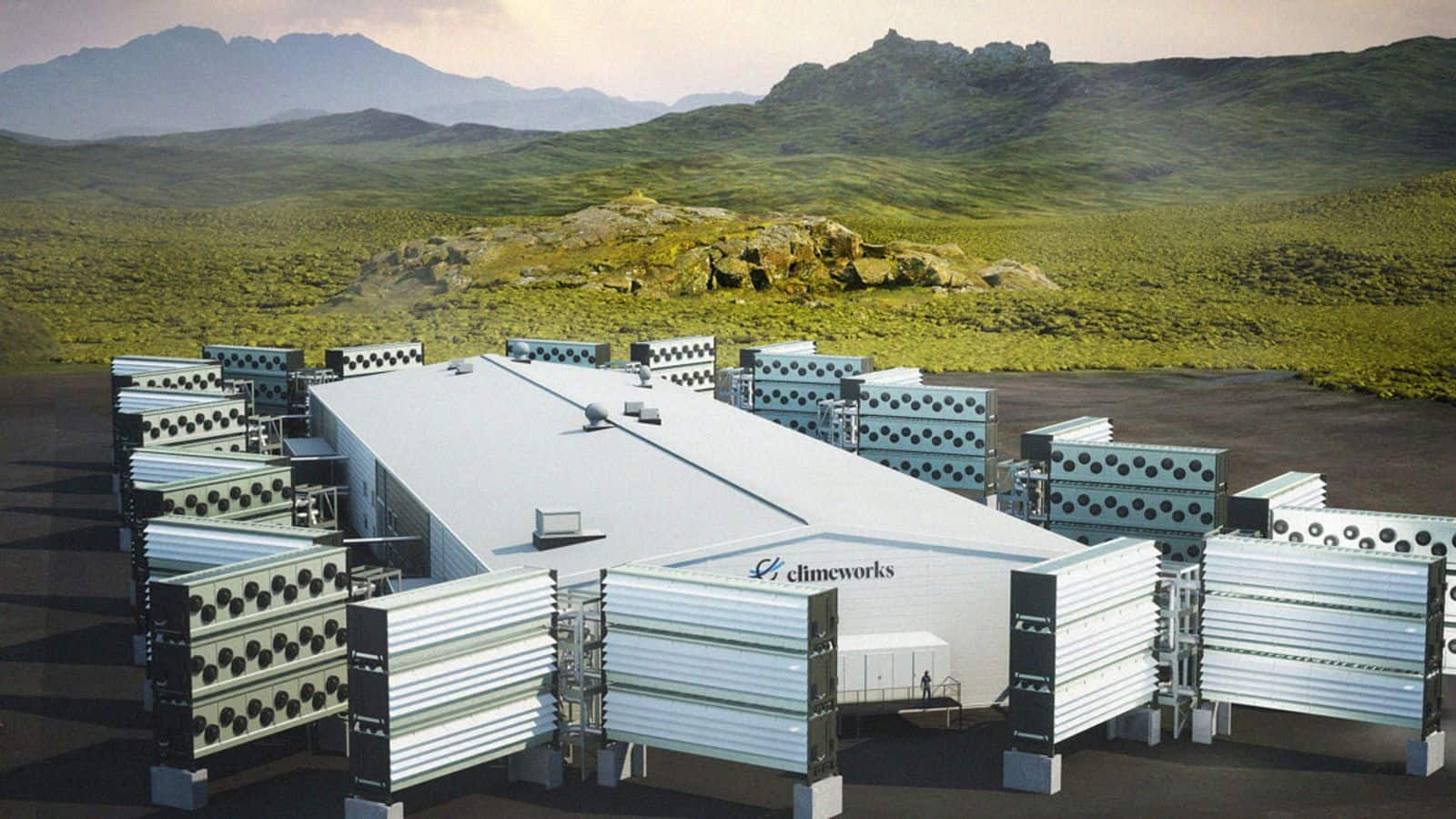
This Iceland facility can suck carbon directly from atmosphere
What's the story
The world's largest carbon capture facility, aptly named "Mammoth," has commenced operations in Iceland this week. The Swiss company Climeworks operates the plant, which is designed to extract carbon dioxide directly from the atmosphere. Utilizing giant fans to draw in the surrounding air, the facility scrubs it of carbon and pumps it deep into the ground where it solidifies into stone. This innovative process is powered entirely by Iceland's geothermal energy, marking a significant stride toward sustainable climate solutions.
Technological advancement
Capacity and design: A leap in carbon capture technology
"Mammoth" is a significant upgrade from its predecessor, Orca, being 10 times larger and capable of removing 36,000 tons of carbon from the atmosphere annually. This capacity equates to taking 7,800 combustion-engine vehicles off the road each year. The plant features a modular design with 72 collector containers. Currently, only 12 are operational. Despite its potential, the direct air capture (DAC) technology used by Mammoth has sparked controversy due to high costs and scalability concerns.
Cost concerns
Economic feasibility and controversy surrounding DAC
According to CNN, each ton of carbon removed by Mammoth costs close to $1,000. Climeworks co-founder Wurzbacher believes that reducing this cost to around $100 per ton could be achievable by 2050, making the technology more economically viable. However, critics argue that DAC plants may distract from addressing the root causes of climate change. Lili Fuhr, director of fossil economy program at the Center for International Environmental Law, stated that carbon capture technology "is fraught with uncertainties and ecological risks."
Information
Tech is gaining global traction
Despite the controversy, DAC technology is garnering attention worldwide. Last year, US start-up Occidental announced plans to construct an even larger DAC facility named STRATOS, designed to remove 500,000 tons of CO2 per year.